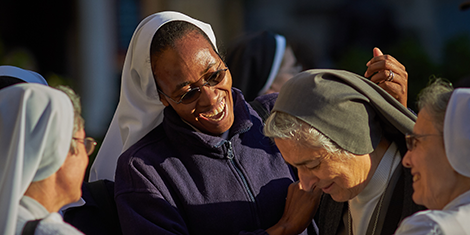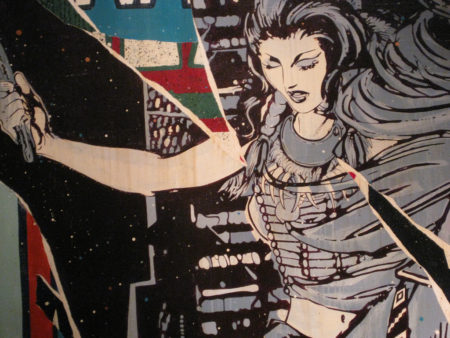
Mediation Perspectives is a periodic blog entry that’s provided by the CSS’ Mediation Support Team and occasional guest authors. Each entry is designed to highlight the utility of mediation approaches in dealing with violent political conflicts. To keep up to date with the Mediation Support Team, you can sign up to their newsletter here.
Religious women often face a double discrimination as regards inclusion into political mediation processes: They are not only discriminated against as women but also as religious actors. While there is an increasing consensus that effective, legitimate and sustainable agreements require the inclusion of both women and religious actors in the contexts where they play a role, the nexus between the two – i.e. religious women – is often neglected. Existing mediation guidelines rarely offer insights on how to better include this actor group in mediation processes. This blog argues that the role of religious women needs to be carefully considered and offers four key reflections for including religious women in mediation processes.




